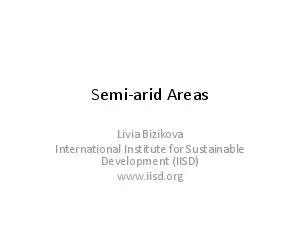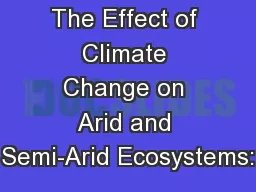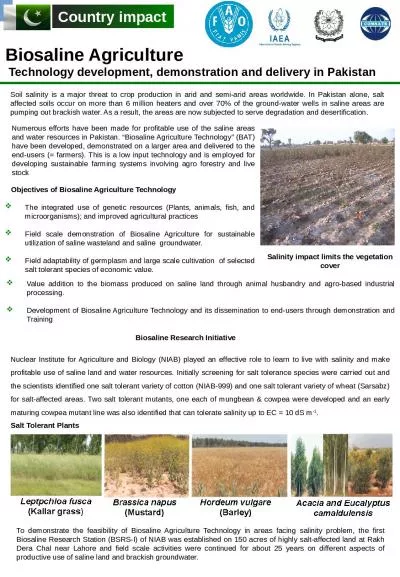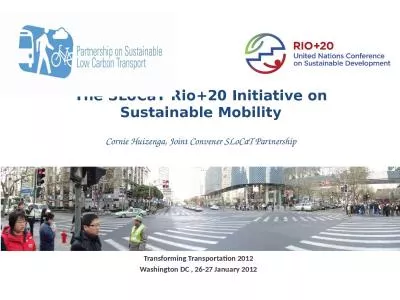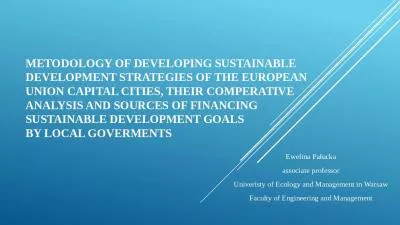PDF-Semi arid Areas Livia Bizikova International Institute for Sustainable Development IISD
Author : calandra-battersby | Published Date : 2015-02-19
iisdorg brPage 2br Definitions Drylands cover approximately 40 of the area and support two billion people 90 of whom live in developing countries These areas receive
Presentation Embed Code
Download Presentation
Download Presentation The PPT/PDF document "Semi arid Areas Livia Bizikova Internati..." is the property of its rightful owner. Permission is granted to download and print the materials on this website for personal, non-commercial use only, and to display it on your personal computer provided you do not modify the materials and that you retain all copyright notices contained in the materials. By downloading content from our website, you accept the terms of this agreement.
Semi arid Areas Livia Bizikova International Institute for Sustainable Development IISD: Transcript
Download Rules Of Document
"Semi arid Areas Livia Bizikova International Institute for Sustainable Development IISD"The content belongs to its owner. You may download and print it for personal use, without modification, and keep all copyright notices. By downloading, you agree to these terms.
Related Documents

